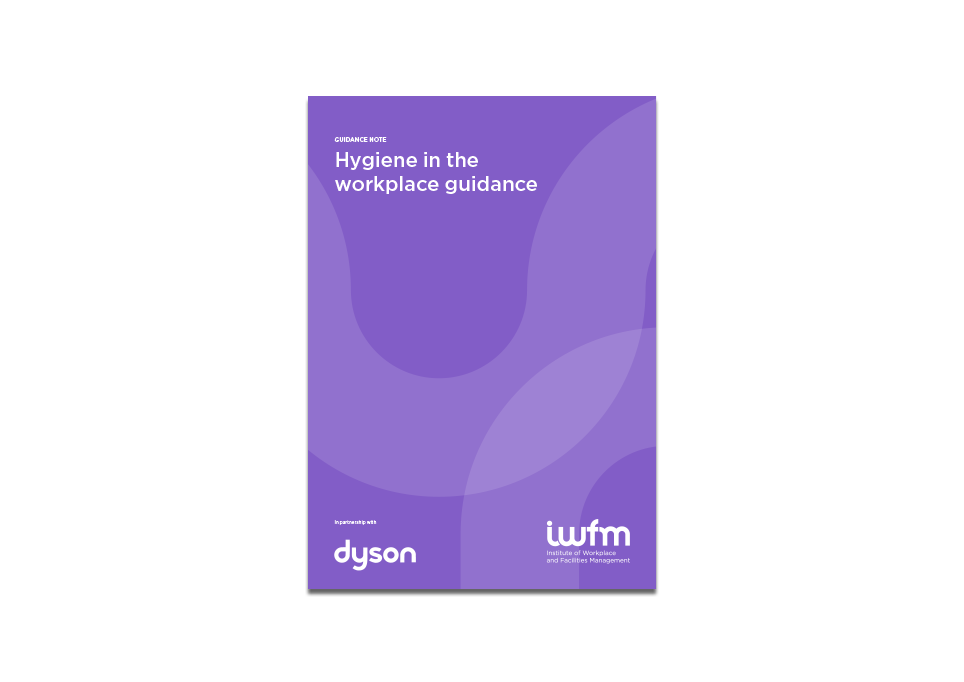Learn about ‘Hygiene in the workplace’ in our new guidance note in partnership with Dyson
News
- Workplace
02 February 2022

Hygiene has always been high on the agenda with regards to health and safety, but never like this. According to a UK survey of more than 2,000 employed adults, conducted by Dyson, while over 60% of those returning to the corporate workplace believe their employers will make it safe, the main concern of employees remains virus transmission. After what has transpired in the past couple of years, who can blame them?
Download our new guidance, brought to you in partnership with Dyson, and learn the best practices to be considered for hygiene in the workplace. This guidance note highlights the key factors affecting the approach to hygiene within a facility and to promote personal hygiene for all occupants. It also identifies clear steps to deliver the appropriate way forward for the environmental benefit of the future workplace.
Dr Salome Giao, Senior Microbiologist, and Scientist at Dyson, commented:
‘Not many people are aware that damp hands can transfer up to 1,000 times more bacteria than dry hands. We need to consider this key step in our hand hygiene process not only in washing hands thoroughly but to ensure we dry them well. Bacteria and viruses deposited onto surfaces can survive for several hours and when these contaminated surfaces are touched, they can be transferred. Washing and drying our hands frequently will minimise the transfer of bacteria and viruses.’
Further guidance on ‘Healthy buildings’ with Trend Controls
We also have a ‘Healthy buildings’ guidance note, developed in partnership with Trend Controls, which intends to assist workplace and facilities professionals in developing their understanding of the systems and processes that can be successfully adopted to minimise the impact of the spread of pathogens and contaminants.
It provides straightforward guidance on the use of techniques and modern technology, irrespective of budgetary or operational requirements, by optimising the use of the premises and associated building services to maintain as healthy and safe environment as possible for occupants.
Find out more by clicking here.
